Other Concorde media files:
Final arrivals back at Heathrow – finale day
Final departures of the fleet: G-BOAC, G-BOAD, G-BOAF, G-BOAG
Halfway to the edge of space and back again
Small boys’ dreams
Only in this, the twentieth century, have humans been able to leave the surface of the planet and soar around in the sky. And only in the latter half of the century have we been able to leave the sky behind and hurtle headlong past the blue-black boundary and into space.
When I was a small boy, air travel was still a relatively expensive and rare treat for the holidaymaker. Planes such as the Comet, Trident, Boeing 707, and 727 in which I flew with my parents on summer holidays, were still the stuff of schoolboys’ dreams. Sleek shiny aluminium tubes with powerful, noisy engines, flown around the big blue sky by men who were the envy of little boys. The sheer anticipation of knowing that I was to fly in one of these machines would be enough to keep me awake for nights. The flights never lasted long enough and summer holidays were not frequent enough to quench the need to fly. For many years, the smell of aviation fuel, the whine of a jet engine or a vapour tail in the blue sky would remind me of summer holidays and those wonderful planes.
It was a true sense of adventure.
It was only natural that I continued this keen interest in flying. From the days of the earliest home computers, the programs I have always eagerly awaited being released have always been the next versions of flight simulators. From the early and very crude ‘Night Flite’ and ‘Flight Simulation’ on the Spectrum, through the various incarnations of ‘Flight Simulator’ on the Atari and the IBM PC, to the more detailed and professional such as Aerowinx’s ‘747 Precision Simulator’. Most of the best have been flown by me and put through their paces. As well as these simulations, real life charts, flight plans, magazines and stories were all eagerly devoured.
And it was still not enough.
I have even taken up flying real planes as a pilot. Firstly a Piper Warrior, then a Cessna 152, followed by a Cessna 152 Aerobat. I flew the Piper on my first flight at the controls right from the takeoff roll, though the climb out, cruise, return, approach and landing. I landed it first time too, with only verbal guidance from the instructor. Other sorties have included a 45 degree cross-track approach to a runway in a blizzard, a few aerobatics, some very dodgy cross-wind approaches and even soaring amongst the clouds with an IFR rated ex-Tornado pilot. Eventually I will put together the time and money and get my PPL.
But that is all for the future. For the present, there has been a more pressing engagement. There has been something nagging at the back of my mind for a while now. Something that needed to be done. In ‘The Concorde Stick and rudder book’ by former Concorde instructor and pilot Mike Riley, there are two sentences describing the takeoff in a Concorde which have stuck in my mind.
“Second only to going up like a firework a Concorde takeoff is the easiest of manoeuvres to conduct. Firewall the throttles and, with a crescendoing roar and assorted burning smells, the game is on.”
There was something about this that revived a memory of a previous Concorde flight which I enjoyed when I was younger. Living in Teddington, a few miles away from Heathrow, I am treated, if the wind is from the east, to two Concorde departures every day. The initial climbout from runway 09R includes a turn to 260 degrees which takes each Concorde over the top of my house (more or less) at 10.45 am and 7.25 pm. Sometimes, when the white bird is heavily laden with passengers, cargo and fuel, or when Air Traffic Control have to limit the climb, the plane has to claw its way into the blue firmament and crawl its way to 250 knots at a low height over Teddington as it turns round to the west. On those days, the sound is like nothing else on Earth. Other planes push their way through the air, but Concorde rips its way through, gulping tonnes of air into the four Rolls Royce Olympus engines and then smashing it out in a way that suggests the very air molecule are being torn apart. The sound of the air screaming under this torture in unmistakable, and the merest hint of it in the distance is easily recognisable as the sound of an impending Concorde. When viewed from Heathrow on a dull evening near to dusk, the kerosene blue flames of the re-heats are clearly visible as they add another 20% to the thrust and push this amazing machine into the air. This thing isn’t a plane, it’s a Concorde.
Fulfilling the need
The need to see the plane, to sit in it and feel the acceleration and smell those sounds was so strong, I knew I had to do it all over again. This time my father had arranged for family and I to travel on a British Airways Concorde from Heathrow to Paris, flight BA9044C and to spend two nights in Paris. We duly assembled at a hotel near to the airport at 6.00 am – some passengers on the flight were only day-trippers and were coming back later the same day on Eurostar, hence the need for an early departure to allow for sightseeing time in Paris. At 7.00 am we were bussed to Terminal 4 and briefed on what was going to happen and by 7.30 am we were all in the Concorde lounge buried deep within the terminal. Outside the window, two Concordes were parked against the jetways – our Concorde, registration G-BOAC and another, which was to form the usual 10.30 am scheduled departure for New York. A quick brandy from the self-service bar to complement the earlier champagne and we were off to the plane.
Concorde is relatively small, a fact which is readily apparent when it is parked alongside other planes. Concorde seats 100 passengers in 25 rows, 2 by 2 with space for a galley, a couple of the world’s smallest aircraft toilets, and the ‘sharp end’. The seats are trimmed in leather and at the front of each of the two portions of the cabin, there is a display which gives information about the flight. Walking down the aisle from the doorway to seat 11C, I was reminded of the test Concorde, number 002, which I had visited at RNAS Yeovilton which had seemed quite small inside, despite there being few seats, the space being occupied by several racks of test instrumentation and a periscope for viewing the underside of the fuselage. The British Airways Concorde I was now in was altogether more inviting though still retaining a sense of compactness.
After getting strapped into our seats and following a few minutes’ delay during fuelling caused by a recalcitrant fuel bowser, the refreshing towels were distributed and we washed our hands of the rest of Heathrow and its passengers and listened and felt as two of the four Olympus engines were started one at a time before we pushed back from the gate. As the systems associates with the engines came to life, the air conditioning started and there were sounds from the flight deck as the hydraulics were pressurised and the flying controls were tested.
The windows on a Concorde are quite small, approximately one third to one half the size of other planes – this is because Concordes fly much higher than other planes and are therefore subject to higher pressure differences, especially as the cabin is usually more highly pressurised than other airliners (to give a greater comfort level to the passengers). The view out of a window is consequently rather poor, unless you place your face right up against the Plexiglas. Through these small windows we watched the ‘Victor’ cul-de-sac of Terminal 4 swing around outside as a squat tow truck pushed Concorde back from stand V15 and aligned us with the centre of the taxiway leading away from the terminal. We stopped to allow the truck to disconnect, started the remaining pair of engines (no 1 and no 2), then taxied out of the cul-de-sac and turned left to taxi along the outer taxiway to the holding point for runway 09R. There was a sense of urgency and anticipation as we fought our way for a takeoff slot. We taxied faster than the other planes, as one would expect of a Concorde eager to leave the surface behind and accelerate into space.
Light the blue touch paper…
As we taxied along it felt just like being in any other airliner except that the sound was different and there was a different feel to the engines, which we sensed through our feet. It was as if he plane wanted to break free and hurtle along the tarmac but it was restrained by the pilots. We saw two other planes takeoff ahead of us from the runway which was parallel with the taxiway and as we approached the threshold, the Captain informed us that we had been given our takeoff clearance. Several passengers exchanged knowing glances – we would soon be airborne.
We taxied onto the runway at block 100 and came to a stop. We could hear the exchanges on the flight deck between the Captain and the First Officer.
The re-heats were pre-selected, the throttles were pushed fully forwards and the engines thundered into life. At first the acceleration was like any other plane, then the re-heats kicked in and we were pushed back into our seats. Spectators outside would have seen orange-blue flames leap out of the engine exhausts.
14 seconds after the throttles had been pushed forwards and Concorde had started its takeoff run we were at 100 mph, charging down the runway. The curtain hanging near the mid-position locker was hanging at 30 degrees to the vertical – the acceleration from the four engines and their re-heats was leaving the bottom of the curtain behind! The nose was pulled into the air 15 seconds later and we left the ground and experienced a small g-force as Concorde accelerated into the air, away from the runway.
I felt the ‘clunk’ a few seconds later as the undercarriage locked into place in the fuselage below me. After 46 seconds we had reached 250 knots, and 2500 feet. The rate of climb was phenomenal. The curtain was now hanging at 45 degrees to the vertical, as Concorde climbed with its nose 14 degrees in the air. With a light load and with reduced fuel for this short trip, we were going up like a rocket! We were already at over 3000 feet as we passed over Teddington and my house, making it difficult to discern.
Suddenly we all surged forwards in our seats, the acceleration having dramatically decreased. We had reached the noise abatement position where, to prevent excessive noise (!), the re-heats are turned off and the engines are throttled back to maintain a more leisurely acceleration and climb. In the flight deck, the relative quiet of having the nose and visor brought up to the streamline position was interrupted as the TCAS system warned the crew of a potential collision risk. ‘Traffic, traffic’ came the computerised voice and the pilot responded by pulling Concorde into a steeper climb. We all sank back into the seats again for a while as we climbed to avoid the other plane, then felt our stomachs rise as we suddenly reduced the climb angle and settled into the usual climb. Nothing like a little drama to add to the thrill!
We continued westwards, flying the Compton 5-Juliet departure, heading towards the radio beacon at Woodley, then onwards to the VOR at Compton, and further to reporting point ‘Malby’, out over the West Country. All the time we were climbing towards our intermediate cruising latitude of 29,000 feet, which we would hold until we reached the supersonic acceleration point.
Two slight nudges in the back
In order to prevent damage from the sonic booms, Concorde is restricted to subsonic speeds over land. We accelerated to Mach 0.95 (about 450 knots) as we climbed to 29,000 feet, heading for the Bristol Channel. The cabin crew brought round a light meal and more Champagne as we cruised our way westwards and settled into level flight, awaiting the coast.
The Captain informed us that he had received our Supersonic climb clearance from Air Traffic Control and that in a few seconds, we would accelerate through the sound barrier. He informed us that apart from two slight nudges in the back as the re-heats were switch on, there would be no other sensations of the transition to supersonic flight. The Flight Engineer then activated the re-heats, two at a time to keep the acceleration smooth, as the Captain simultaneously pitched the nose upwards.
We passed through the sound barrier, Mach 1.00 at 31,000 feet, climbing and accelerating over the Bristol Channel. Down below, any fishing boats in the vicinity would have heard a loud ‘boom’ as Concorde shed its shockwave. A voice over the PA announced “Welcome to the Supersonic club!” We toasted the event with more Champagne!
One of the designers of Concorde was approached by an early supersonic passenger who, in a tone of voice that was slightly disappointed, said that he had not felt anything when the plane went through the sound barrier. The designer looked back at the passenger, paused for a moment, then replied “I know. That was the hard part”. Before Concorde, breaking the sound barrier was reserved for the brave few in military fighters. Now, it has become much more routine, but it still holds a great fascination and sense of achievement.
We continued climbing and accelerating, with the information on our height, speed and outside temperature being updated on the passenger displays. The re-heats were de-selected at Mach 1.7, as the drag had now reduced sufficiently that they were no longer needed. Concorde burns fuel at the rate of 80 tons per hour during takeoff and 44 tons per hour whilst using the re-heats during transonic acceleration through the high drag region from Mach 0.97 to Mach 1.3. With the re-heats off, fuel flow is halved, allowing Concorde to cruise at Mach 2 and yet have enough fuel onboard (90 tons maximum) to fly up to 3,740 miles (5,943 km).
A special place
With just over an hour elapsed from takeoff, we finally achieved the second milestone of the flight – Mach 2.00. We entered the ‘Twice the speed of sound club’ at 51,000 feet, 1,380 mph, with the outside air temperature at –50 ºC, Concorde skin temperature 120 ºC, and Champagne temperature 5 ºC. The perfect mixture!
We held Mach 2 for several minutes and slowly climbed to 52,000 feet. The maximum operating speed of Concorde is limited by the temperature of its aluminium skin. The maximum allowable skin temperature is 128 ºC – any hotter and Concorde has to slow down to prevent damage to the skin. The altitude that Concorde reaches is governed by several factors, including the weight and the outside air temperature. The autopilot is selected to maintain the speed at just above Mach 2 at which the skin temperature is usually about 110 – 120 ºC. To reduce speed, the autopilot pitches the nose upwards and Concorde climbs, converting excess speed into height. To increase speed, the nose is pitched downwards and height is lost as speed is gained. Usually, on transatlantic flights from Heathrow to New York (JFK), Concorde will slowly climb, once it has reached Mach 2 in the cruise and often reaches 60,000 feet before it is time to decelerate and descend. At this height, there is much less of the Earth’s atmosphere to protect passengers from cosmic radiation and so Concorde is the only passenger airliner that features a radiation meter on the flight deck. So far, it has not been necessary for a Concorde flight to descend to a lower altitude to avoid unsafe radiation levels.
I looked around to see what Mach 2 at 52,000 feet was like. Outside the small windows, the sky was not the usual light blue colour one sees every day. It was a dark blue, with a strong suggestion of blackness as one looked upwards. Unfortunately, the weather was cloudy and so it was not possible to see the curvature of the Earth, which I had seen on a previous Concorde flight. Apart from astronauts, we were now the furthest from the surface of the planet than mankind has ever been. We were sitting in luxurious seats, sipping champagne, travelling at twice the speed of sound, in an aeroplane whose original length of 62 metres had increased by 0.25 m due to air friction heating the plane and making it expand. We were truly in a different world.
Although Concorde can maintain Mach 2 for longer than any other aircraft (except one or two high altitude spy planes), our time had come to leave this special place, and return to the world below. The engines were throttled back and as the autopilot maintained the altitude, the speed reduced. At 350 knots indicated air speed (still over Mach 1 at this altitude), the autopilot pitched the nose down and started the descent holding the speed at 350 knots. We levelled off briefly at 41,000 feet and the engines were run at 86% N1 to even out the temperatures and prevent bowing of the main engine shafts. We then descended further under reduced power and as the altitude decreased and the air became more dense, the Mach number also reduced and we passed through the sound barrier and became subsonic at about 30,000 feet. This allowed us to fit in with normal air traffic approaching France. The calculation of Top of Descent point is very important since Concorde has to transition to subsonic speeds over 30 miles away from the coastline to prevent the sonic boom falling on land.
We were now invited to visit the flight deck, two at a time. For those who are used to the displays of the modern electronic flight deck found on aircraft such as Boeing 747-400 and 777 aircraft, the ‘business end’ of a Concorde is a marked contrast. This is because Concorde was designed and built in the 1960’s and although technology has improved considerably since then, there are so few Concordes in service (7 with British Airways and a similar number with Air France) that it is uneconomical to develop revised instrumentation for them. The old ‘steam gauge’ systems still work fine and any special requirements, such as the fitting of the TCAS system for flights into the USA, are handled without problem by adding to the existing instruments.
Concorde, as is common among aircraft of similar vintage, has a 3 man crew: Captain, First Officer and Flight Engineer. The engineer is not simply there as a third pair of eyes, he has much to do before, during and after each flight, to maintain the proper centre of gravity by pumping fuel between the 11 fuel tanks. He is also responsible for keeping an eye on the systems associated with the engines such as the secondary nozzles which control the airflow out of the back of the engines and the intake ramps which slow the incoming air from Mach 2 to subsonic speeds, to allow the turbines to use the air properly.
If the system controlling the ramps fails, then the flight engineer has to control them manually, otherwise there will be a surge in the engine which will result in a sudden loss of power. In fact, the red light just below the four greens in the photo (right) indicates a failure of one of the signalling lanes – the engineer has selected an alternative control system for the ramps on engine number 3. As we were flying at above 250 knots, the visor and nose were both in the ‘up’ position, restricting the view out of the window. The number one autopilot was engaged holding the airspeed constant as we descended at fixed power. The autopilot control panel is visible just below the central spar in the middle of the window.
Back to reality
We descended to below 10,000 feet and decelerated to the terminal area control speed of 250 knots. This required a touch more engine power and we felt the engines’ rumble grow slightly. We were to use the Deauville arrival route, descending to Merue, before turning onto final approach.
Out of the window, the countryside surrounding Paris slipped past in patches of green and brown. The last visitors to the flight deck took their photos and hurried back to their seats and fastened seat belts in preparation for the landing. At Merue, we banked to the right, turning southwards and continued the descent towards the Pontoise beacon. We levelled off at 3000 feet and turned left to intercept the localiser beam of the instrument landing system.
The captain informed us that we would be performing a reduced noise approach which had been specially designed for Concorde to minimise the noise it produces in the immediate approaches to runways. A lower pitch angle is used and a higher intermediate speed which requires less engine power than flying at a slower speed. This somewhat contradictory performance stems from the fact that as Concorde flies slower, it has to pitch up more to generate the lift from the delta wings. At increased pitch angles, the wings present a large surface area to the air hitting them from the front and so more power is required to overcome this extra drag. By flying faster, a lower pitch angle can be used (about 10.5 degrees) and less engine power, making for a quieter approach.
The Captain flew Concorde on the intercept heading and turned to align with the localiser course to the runway. As we intercepted the glideslope, the Captain pitched the nose down and followed the ILS towards the runway.
At 900 feet, the Captain engaged the autothrottle and the throttles were automatically closed slightly to reduce the airspeed to the final approach speed of 161 knots by 400 feet above the ground. The Captain raised the nose by a degree to maintain the correct vertical speed. The Flight Engineer who was monitoring the radio altimeter called out the heights.
“Four hundred feet……three hundred……two hundred…..one hundred… fifty”.
The Captain disengaged the autothrottles and closed the throttles fully whilst holding the nose up and allowed Concorde to settle onto the runway. As we touched down, he pulled the yoke slightly to prevent the pitching down of the nose due to the rear of the delta wing gaining lift as it came close to the ground.
The nose was lowered, the brakes were applied and the reverse air buckets at the rear of the engines swung into position. Suddenly there was a roar from the engines as reverse thrust was applied and we were pushed forwards in our seats, straining against the belts. We decelerated from 140 knots to 40 knots in a few seconds, then the reverse thrust was cancelled and we relaxed back into the seats.
“Welcome to Charles de Gaulle airport”.
We taxied for a few minutes towards satellite 5 and engines 1 and 4 were shut down. These two engines were no longer needed and now that we had lost the weight of the fuel burned on the trip, the weight was so low that idle thrust from all four engines was too much for a comfortable taxi to the terminal. Passengers in the terminal crowded around the windows to get a close look at Concorde as we slowly approached the jetway. A few seconds later and we had stopped and once ground power had been connected, the remaining two engines were shut down and we prepared to disembark.
The crew said goodbye as we walked up the aisle and out of the front port door. As I stepped out, I turned and touched the fuselage. It was cool. Only half an hour ago it had been searingly hot despite being surrounded by air at fifty degrees below zero. A triumph of engineering.
I patted the metal and turned away towards the gate. A nagging feeling was starting to form in the back of my head…
So there I was, walking up the jetway at Charles de Gaulle airport. In the previous hour and a half I had been to 52,000 feet above the surface of the Earth, halfway to space. I had travelled at 1,380 miles per hour, twice the speed of sound. A speed faster a bullet leaving a gun.
And guess what? Is still wasn’t enough. I want to do it all again, only more so.
I think I have kerosene in my veins.
Get the whole story as a PDF file:
hi-quality (3.06 MB, PDF)
med-quality(904 kB, PDF)
Alas, as of 24 October 2003, I’ll never have the chance again.
Farewell Alpha-Charlie and the other Concordes, Godspeed.


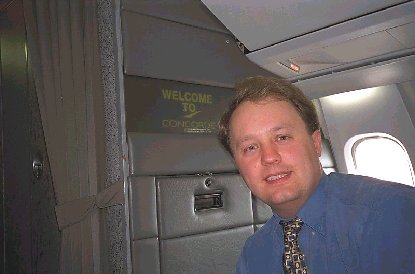

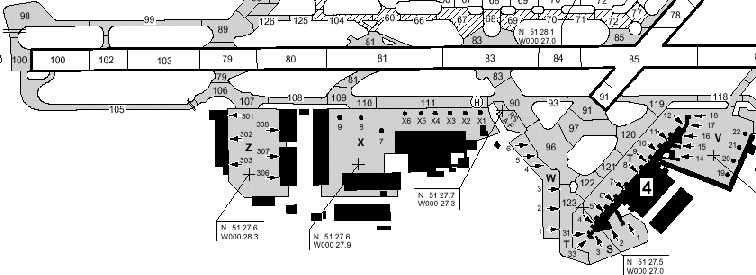
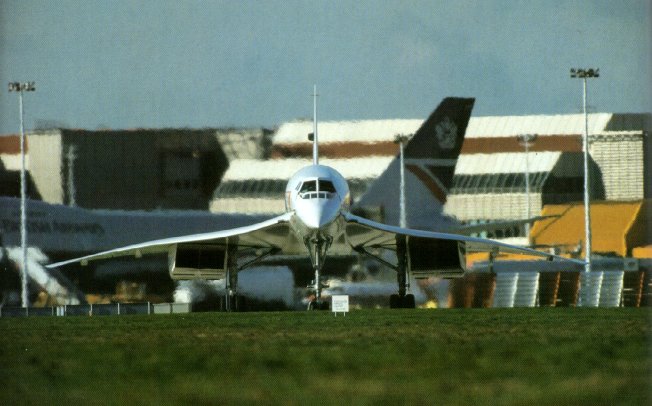

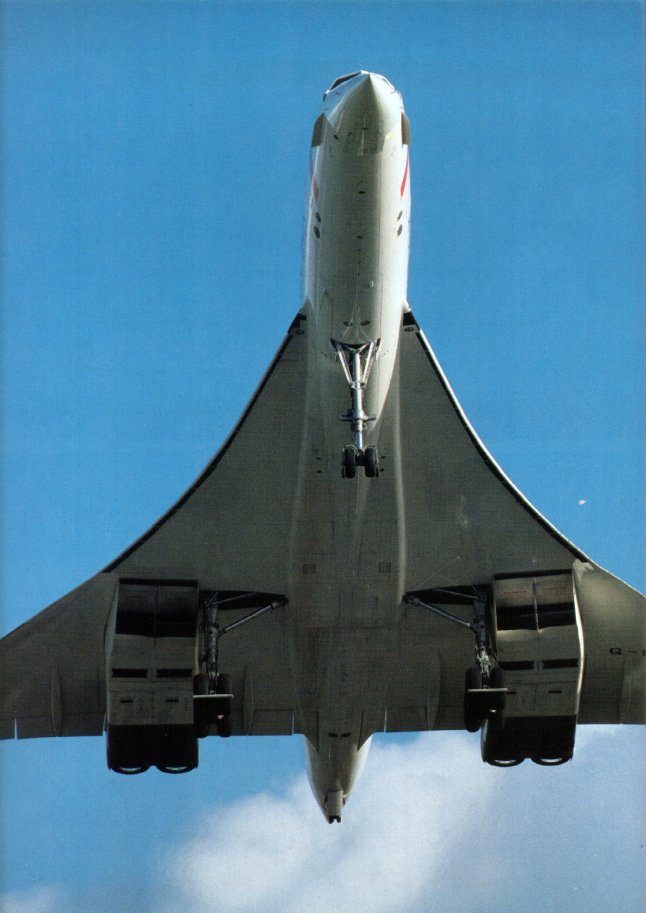
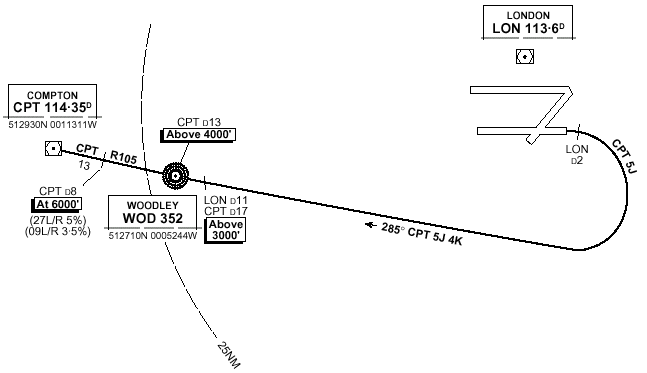
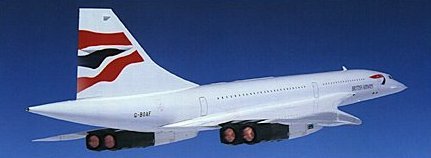

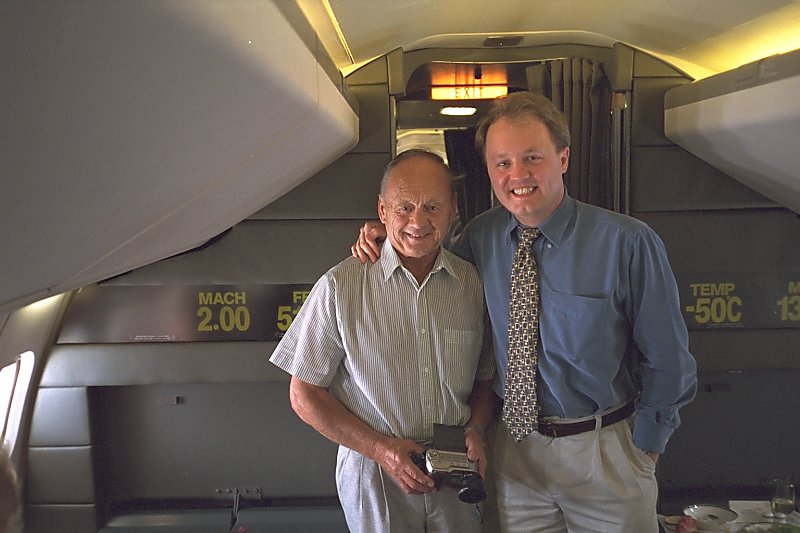
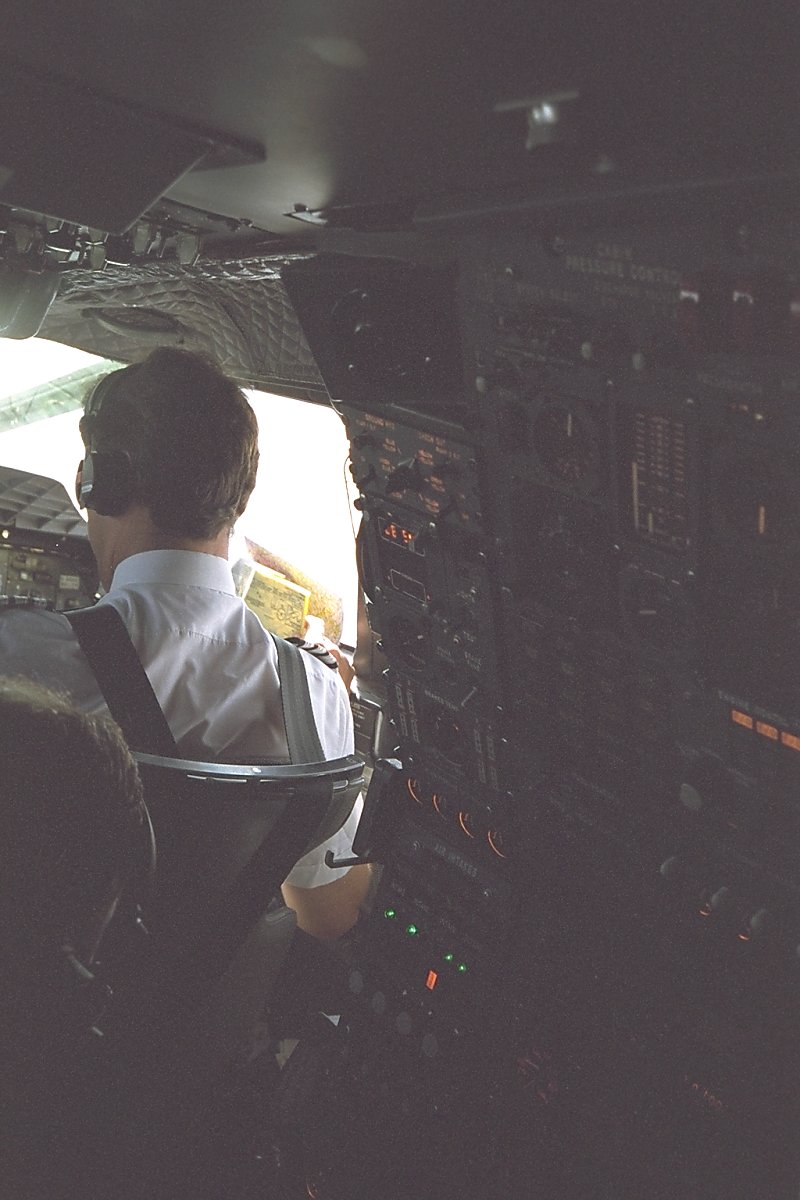

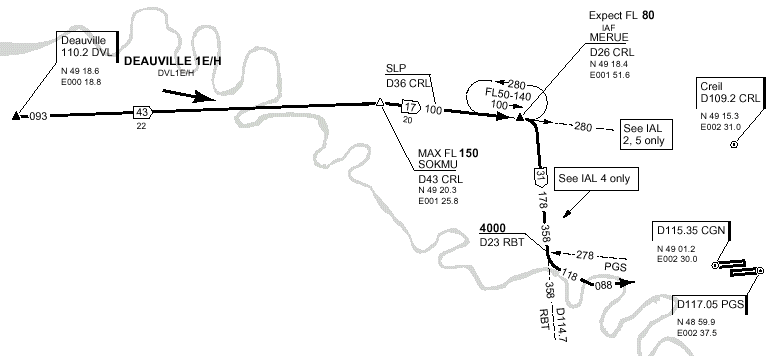
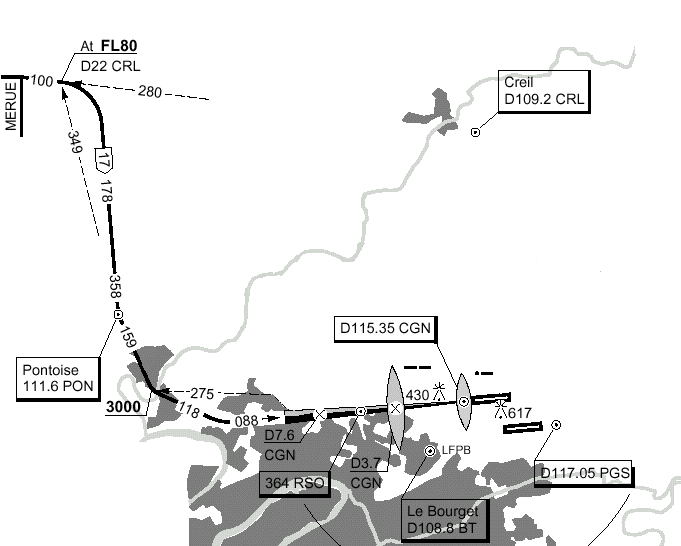
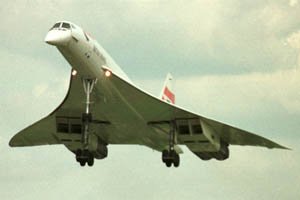
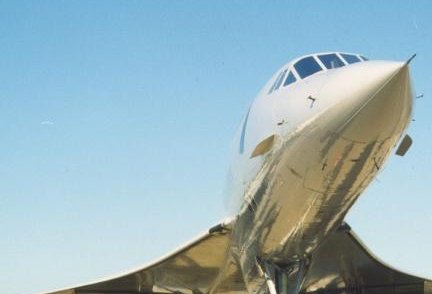
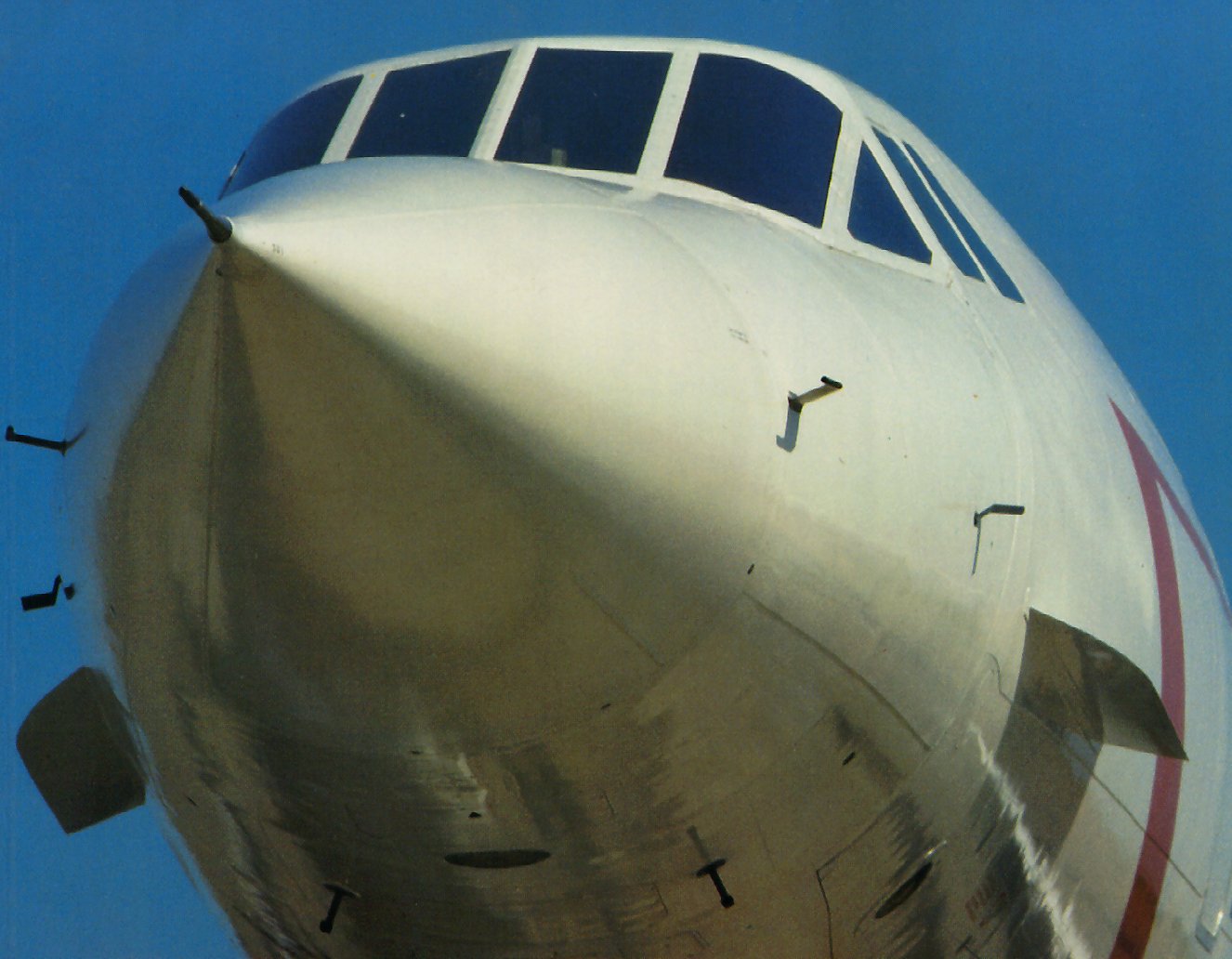
ebay Concorde BOAC1 love the page look me up on ebay let me know if I can help with anything you have a wonderful site.Shaun
Andrew,
Just came across a boarding card for Concorde flight BA 9044 CR, 08th October 1994, and decided to type into the search engine….and your website came up!
We were on a 40th Birthday celebration and after 2 days in Paris we returned on the Venice Simplon Orient Express.
Would be interested to know the date of flight that you were on?
Hi and thanks for commenting! I am sure you enjoyed your trip on the ‘pointy one’. I’d have to dig around in the attic archives to find the tickets but my recollection is that the AF flight was the first of the two I flew on and it was whilst I was living at my prior address, so it would have been around 1992-1993, possibly very early 1994. The BA trip was around 1999 or so. Both trips were approximately Eater time (I recall walking around Paris in shirt sleeves, no coats).
Cheers!
Dear Andy
I have just seen this post and I was on the same flight. I was the person who proposed on the flight deck and Nikki said ” Yes “. We are still married and have 2 children. What a great aircraft and brilliant memories.
I hope this message finds you well.
Kind regards
Mark Wood
Oh wow! The magic of Concorde! Congratulations and good luck to all of you in the future.
Hi , i have some photos of the Concorde and Vulcan formation at North Weald on a very wet , grey , dreary day in 1991 .very little flying took place but my wife and my sister were determined to see the formation .i have already found one photo and will search out the others .i will have to copy them somehow and happy to send what i have got of this unique event .my late father ex 194 sqd Dakota pilot really wanted to go but his health prevented it .